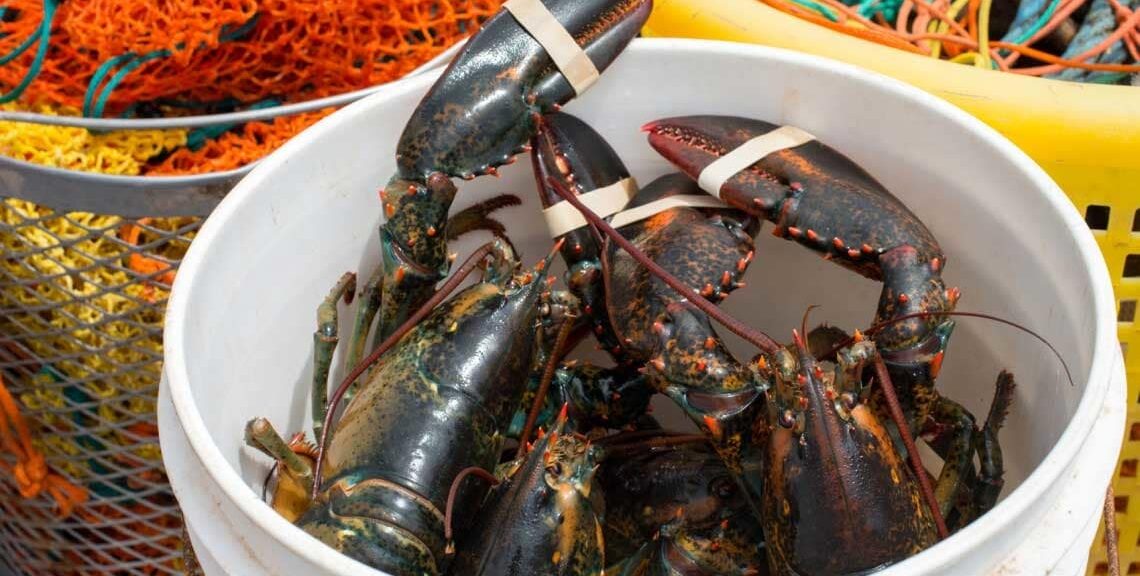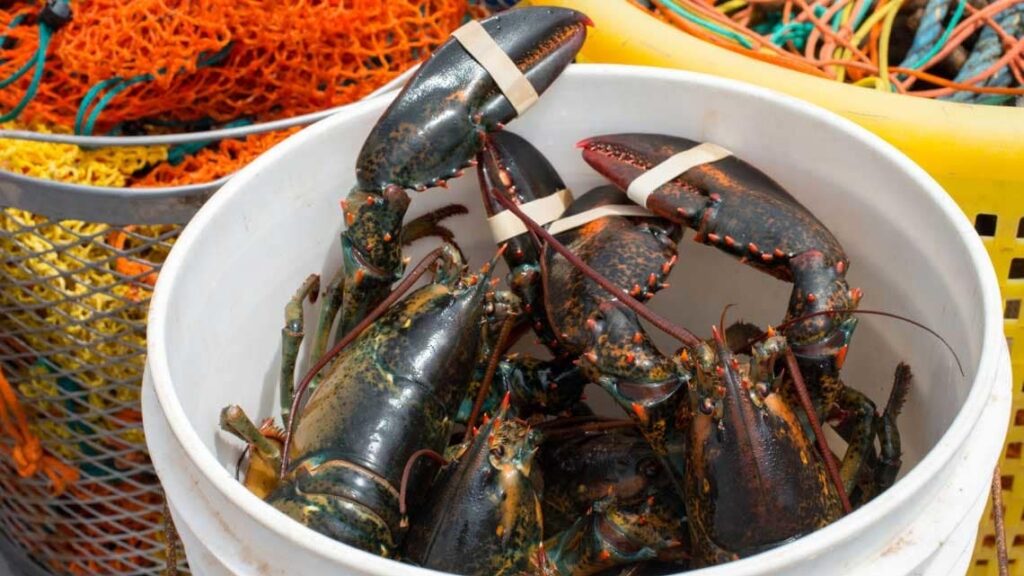

How to
Freeze and Thaw Tails and Claws
Freezing lobster is a good option for helping to manage inventory, as long as it is done correctly. You can also use our thawing and preparation methods for lobster that is purchased frozen. The University of Maine Department of Food Science & Human Nutrition and the Lobster Institute provided the below freezing and thawing instructions.
How to Freeze Tails and Claws In-shell:
- Lobsters should be chilled and live.
- Blanch at 212° for 60 seconds in a 2% salt brine (1.5 ounces, or roughly 1/2 cup, of non-iodized salt or sea salt to 2 quarts of water).
- Chill after blanching in cold running water or in a tub with a mixture of 50% water to 50% ice.
- Following a 15-20 minute chill, remove excess surface water.
- Remove claws and tails from blanched lobsters.
- Place lobsters in commercial freezer bags and remove as much air as possible. New Ziploc vacuum bag systems available at supermarkets work well.
- Place in second freezer bag or over-wrap with a laminated freezer wrap.
- Freeze at -18° C (0° F) or lower — standard for freezer units.
- Store frozen at -18° C (0° F) or lower. The lower the storage temperature, the better the lobster meat quality will be maintained.
How to Prepare and Freeze Picked Tail and Claw Meat:
Lobster meat that has been picked and frozen will have an acceptable shelf life of 3-6 months if stored at temperatures of 0° F (-18° C) or lower.
- Follow steps 1 through 4 above
- Remove tail and claw meat from the shell.
- Place in commercial freezer bags and remove as much air as possible. New Ziploc vacuum bag systems available at supermarkets work well.
- Continue with steps 8 through 9 above
How to Thaw and Prepare Picked Tail and Claw Meat:
- Thaw meat in the refrigerator overnight.
- Prepare meat by steaming for 8 to 10 minutes in a colander above a steaming pot of water.
